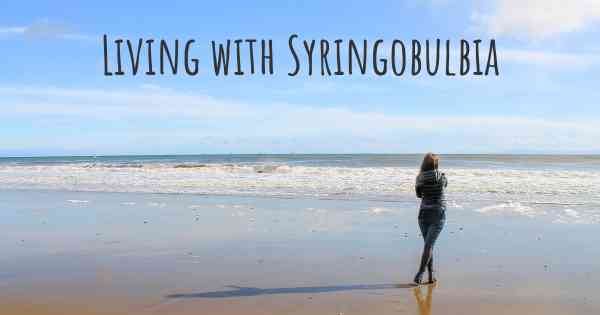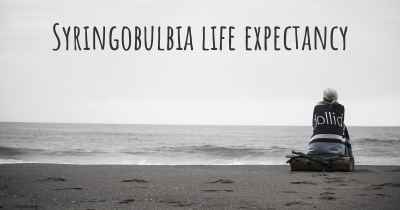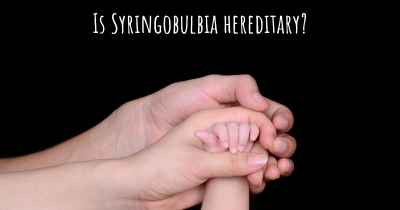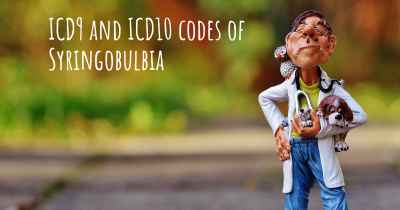Living with Syringobulbia. How to live with Syringobulbia?
Can you be happy living with Syringobulbia? What do you have to do to be happy with Syringobulbia? Living with Syringobulbia can be difficult, but you have to fight to try to be happy. Have a look at things that other people have done to be happy with Syringobulbia

Living with Syringobulbia
Syringobulbia is a rare neurological condition characterized by the presence of a fluid-filled cavity, known as a syrinx, in the brainstem. This condition can lead to a variety of symptoms, including difficulty swallowing, speech problems, facial weakness, and sensory disturbances. While living with Syringobulbia can present challenges, there are strategies and support available to help individuals manage their condition and improve their quality of life.
Medical Management
It is crucial for individuals with Syringobulbia to work closely with a healthcare team, including neurologists, neurosurgeons, and other specialists. The primary goal of medical management is to alleviate symptoms and prevent further progression of the syrinx. Treatment options may include:
- Medications: Certain medications, such as pain relievers, muscle relaxants, and anti-inflammatory drugs, may be prescribed to manage symptoms and reduce inflammation.
- Surgery: In some cases, surgery may be recommended to drain the syrinx or relieve pressure on the brainstem. This decision is typically made based on the severity of symptoms and the size and location of the syrinx.
Speech and Swallowing Therapy
Individuals with Syringobulbia often experience difficulties with speech and swallowing. Speech therapy can be highly beneficial in improving communication skills and addressing swallowing problems. A speech-language pathologist can provide exercises and techniques to strengthen the muscles involved in speech and swallowing, as well as offer strategies to compensate for any impairments.
Physical and Occupational Therapy
Physical and occupational therapy can play a crucial role in managing Syringobulbia. These therapies focus on improving mobility, strength, coordination, and overall functional abilities. A physical therapist can design a personalized exercise program to address specific weaknesses and help maintain or regain physical independence. An occupational therapist can assist with activities of daily living, such as dressing, grooming, and eating, by providing adaptive techniques and devices.
Pain Management
Chronic pain is a common symptom associated with Syringobulbia. Pain management techniques can help individuals cope with discomfort and improve their overall well-being. This may involve a combination of medications, physical therapy, relaxation techniques, and alternative therapies such as acupuncture or massage.
Support and Coping Strategies
Living with Syringobulbia can be emotionally challenging, and it is important to seek support from loved ones, support groups, or mental health professionals. Connecting with others who have similar experiences can provide a sense of understanding and validation. Additionally, practicing stress management techniques, such as mindfulness, deep breathing exercises, and engaging in hobbies or activities that bring joy, can help improve overall mental well-being.
Regular Follow-ups and Monitoring
Regular follow-up appointments with healthcare professionals are essential to monitor the progression of Syringobulbia and adjust treatment plans accordingly. It is important to communicate any changes in symptoms or concerns to your healthcare team promptly. They can provide guidance, reassurance, and make necessary adjustments to optimize your care.
Education and Awareness
Increasing awareness about Syringobulbia among family, friends, and the community can foster understanding and support. Educating others about the condition can help reduce stigma and promote empathy. Additionally, staying informed about the latest research and advancements in Syringobulbia management can empower individuals to actively participate in their own care.
Disclaimer: The information provided here is for educational purposes only and should not replace professional medical advice. It is important to consult with a healthcare professional for personalized guidance and treatment options based on your specific condition.








